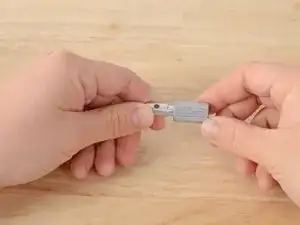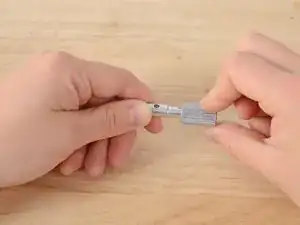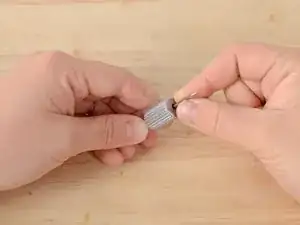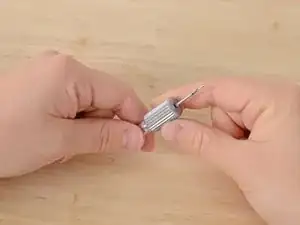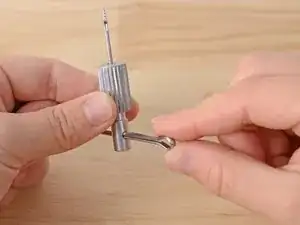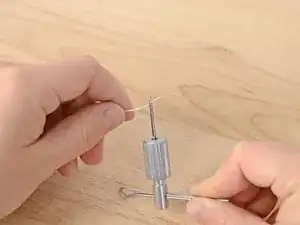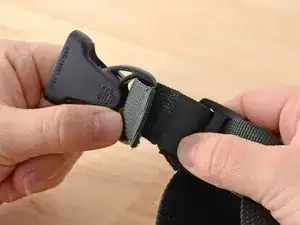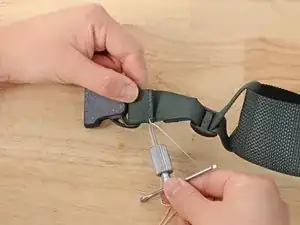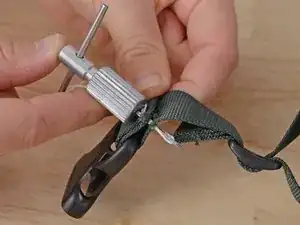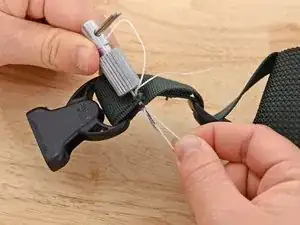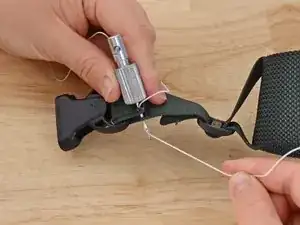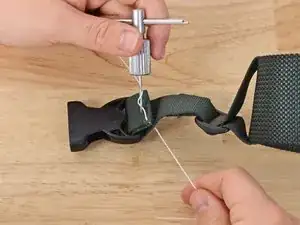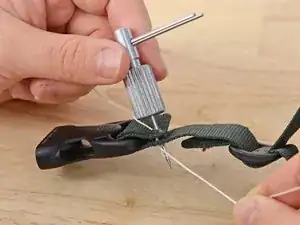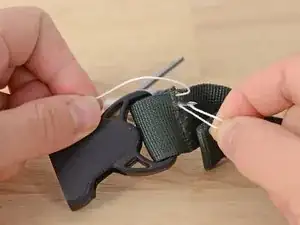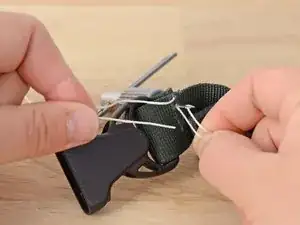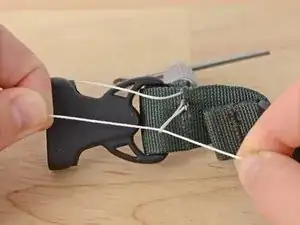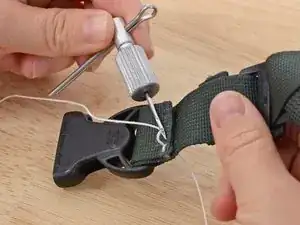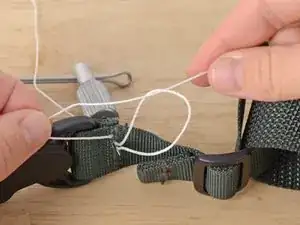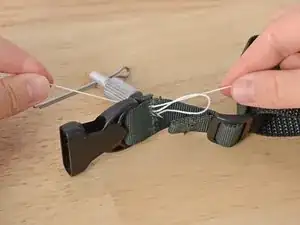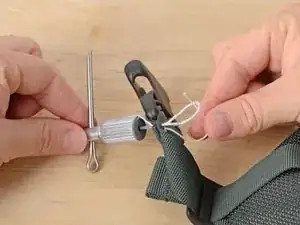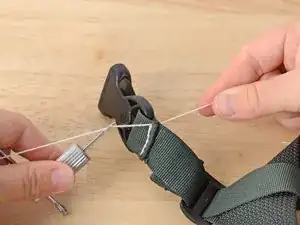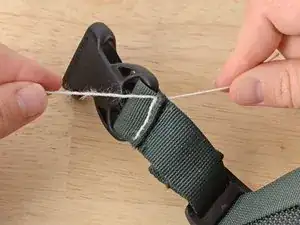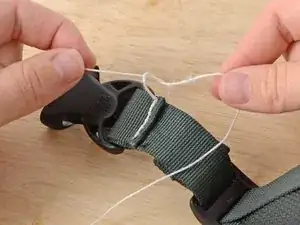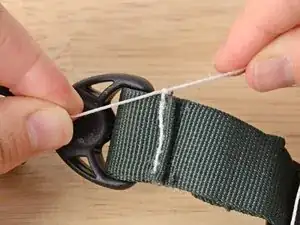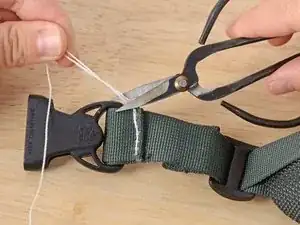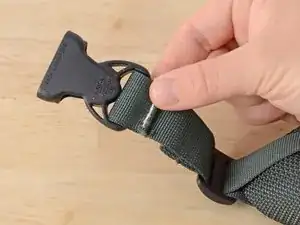Introduction
An awl is a tool that allows you to sew through very thick materials. It takes a bit of practice to master, but once you have it down you'll be ready to repair boots, webbing, and packs on the fly.
Tools
Parts
-
-
Insert the needle into the ridged end of the awl, with the eye facing outward.
-
Retighten the awl by holding the smooth end and twisting the ridged end clockwise.
-
Insert the cotter pin into the hole in the smooth end.
-
-
-
Thread the needle with very thick thread.
-
Align your material. In this case we are resewing the webbing holding a buckle in place.
-
-
-
Pull the short end of the thread through the material, so that it dangles free on the other side of the material.
-
-
-
While holding on to the short, free end of the thread, carefully pull the awl back through the material.
-
Continue holding the short, free thread, and puncture the material again a short distance away, moving along the material you are sewing.
-
-
-
Pull the thread from the eye of the needle, creating a loop.
-
Put the short, free end of the thread through the loop you just created in the thread.
-
-
-
Holding the short, free end of the thread taught, pull the awl back out through the material.
-
Pull both ends of the thread taught.
-
-
-
Continue reinserting the awl, creating a loop of thread from the eye of the needle, threading the short, free end, and removing the awl to create your stitches.
-
-
-
When you come to the end of your material, take one last stitch.
-
Clip the end of the thread that runs through the needle, leaving enough length to tie a couple of knots.
-
Remove the awl.
-
-
-
Tie an overhand knot with the two ends of the thread.
-
Pull taught.
-
Tie another knot or two to secure the stitching.
-
